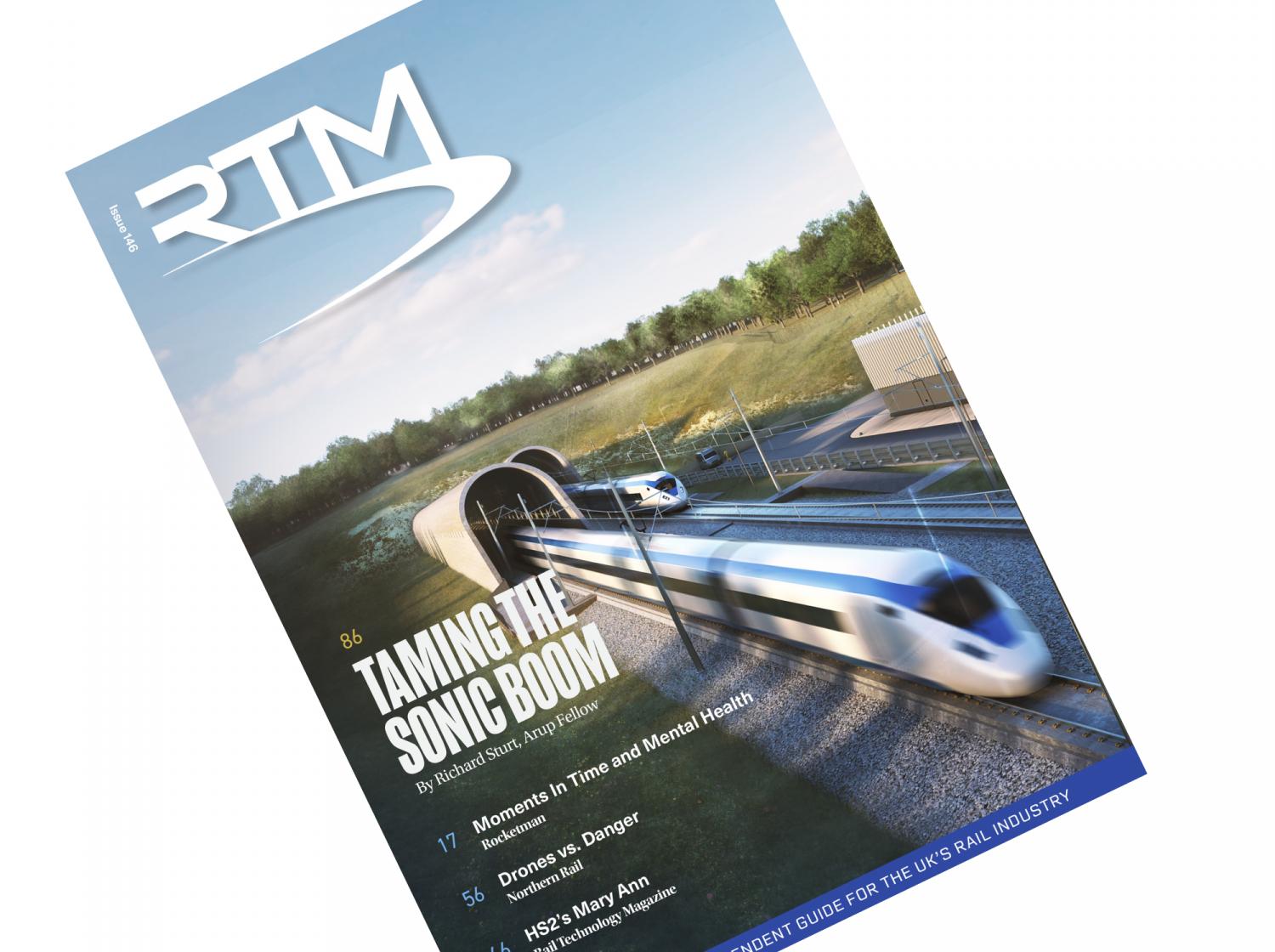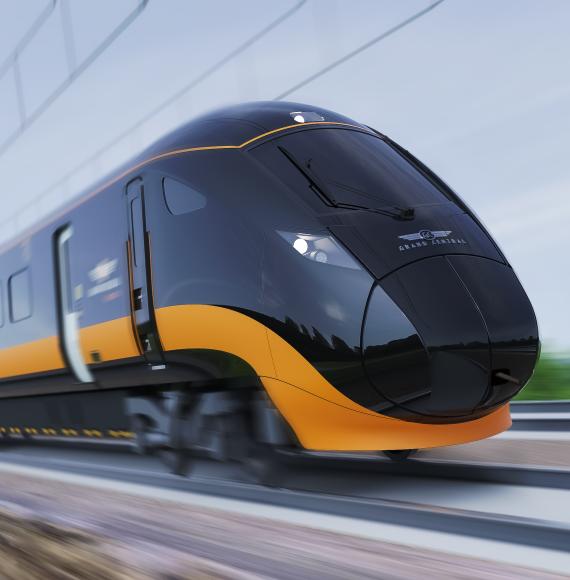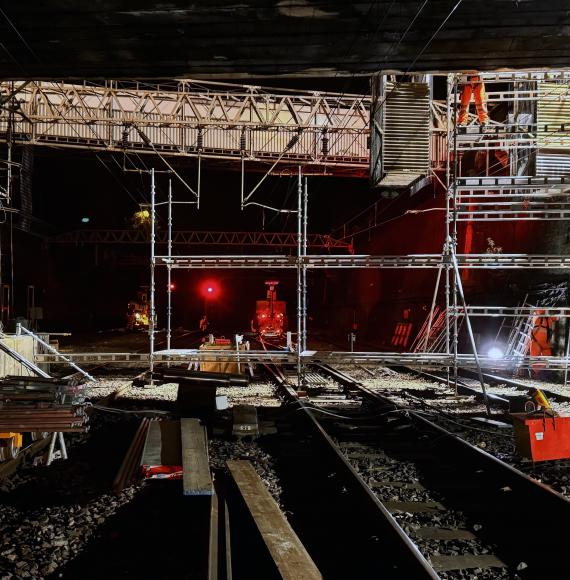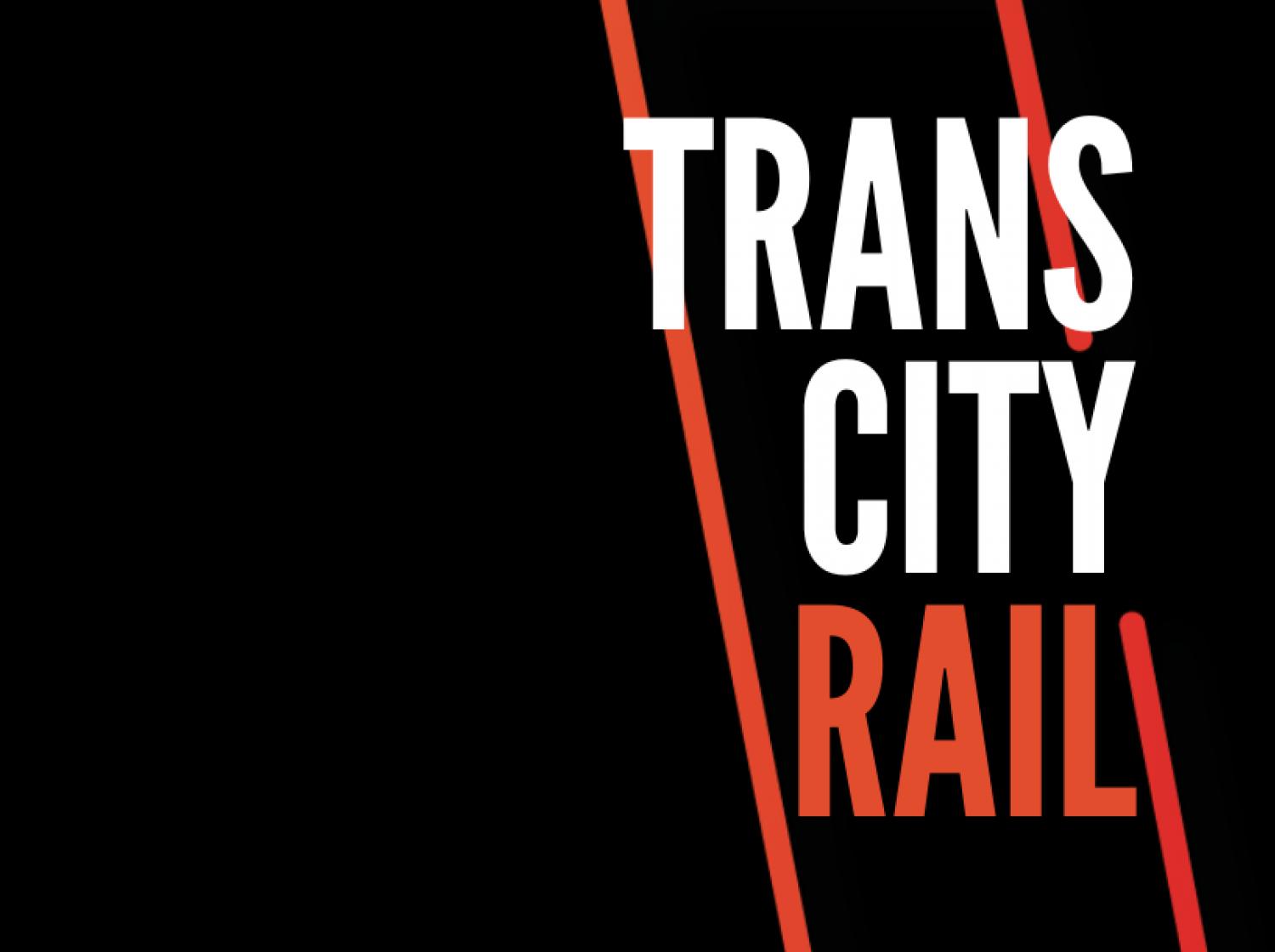The future of high-speed rail travel in France is taking shape, with the country's next-generation TGV train, the TGV M, currently undergoing rigorous testing on the French national railway network.
The TGV M, which is being developed by Alstom and SNCF Voyageurs, is the fifth generation of TGV trains and is set to enter commercial service in 2025. The train is more environmentally friendly, more comfortable, and more technologically advanced than its predecessors.
The TGV M is currently undergoing pre-validation testing on the French national railway network. This testing phase will last until December 2023 and will involve running the train at speeds of up to 320 km/h.
In 2024, the TGV M will undergo admission testing, which will involve testing the train's operation under a variety of conditions, including extreme weather conditions and degraded modes.
Finally, in the autumn of 2024, the TGV M will undergo pre-operation testing, which will involve running the train throughout the French network to assess its reliability under operating conditions.
Once the TGV M has completed all of its testing, it will be ready to enter commercial service.
SNCF Voyageurs confirmed the train will be deployed gradually over the next ten years, starting with the Paris-Lyon-Marseille line.
The tests for the #TGVM- Avelia Horizon are speeding up on the French national rail network!
— Alstom (@Alstom) October 6, 2023
Presented at the Technicentre Sud Est Européen with @sncfvoyageurs @groupesncf, the 5th generation #highspeed train enters the last stretch of the trial phase ▶️ https://t.co/QTbKMHrvEt pic.twitter.com/eDUZhS7UJg
State-of-the-Art Maintenance Centres
Alongside the new trains, SNCF Voyageurs is also embarking on a major programme to modernise its maintenance centres to accommodate the future INOUI TGV. The work involves adapting maintenance facilities to make them compatible with the future train, including installing automated benches that can check several hundred parts in a few seconds.
The first maintenance centre to be modernised is the Technicentre Sud Est Européen (TSEE), which welcomed the first TGVs in 1981. The TSEE modernisation project involves investment of nearly €300 million (from 2023 to 2027) and represents the standard for a new generation of maintenance technicentre for SNCF Voyageurs.
It will be a communicating trainset that will provide permanent remote access to technical data and clear information on the state of each of its components which will make it possible to plan maintenance operations based on the actual condition of the components, and to anticipate breakdowns in doors, air conditioning and, more generally, all the systems that contribute to train operation and passenger comfort.
10 French Alstom sites are contributing to this flagship project: La Rochelle and Belfort, as well as Villeurbanne, Ornans, Le Creusot, Tarbes, Petit-Quevilly, Toulouse, Valenciennes, and Saint-Ouen.
Photo Credit: Alstom

















